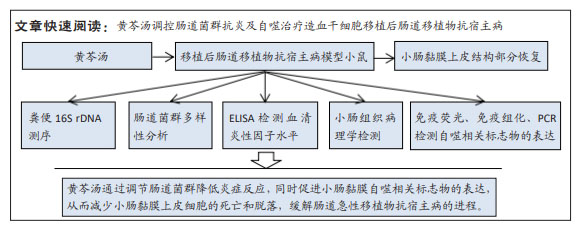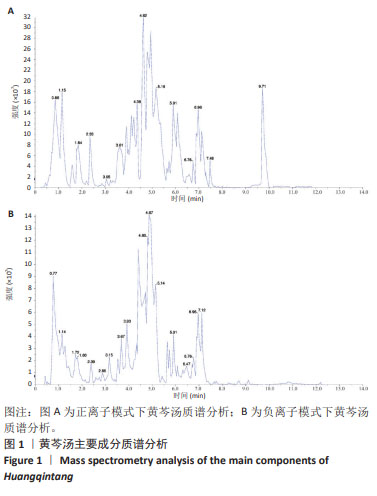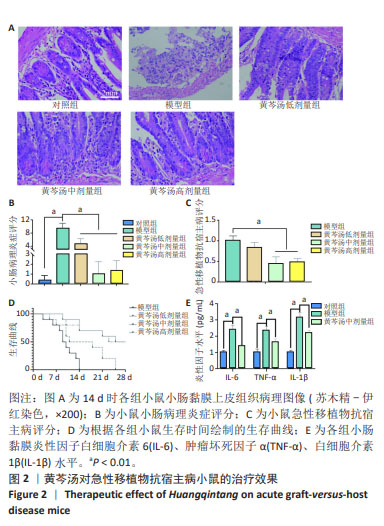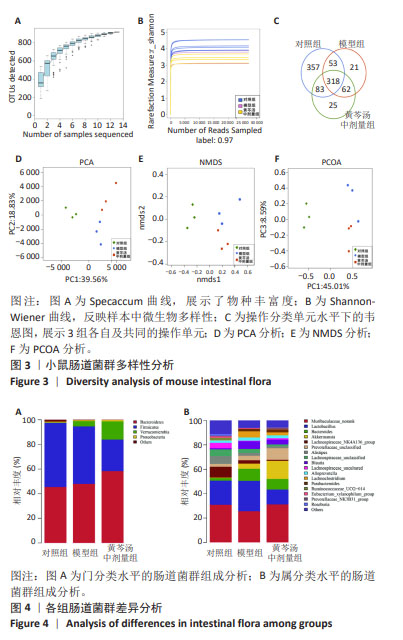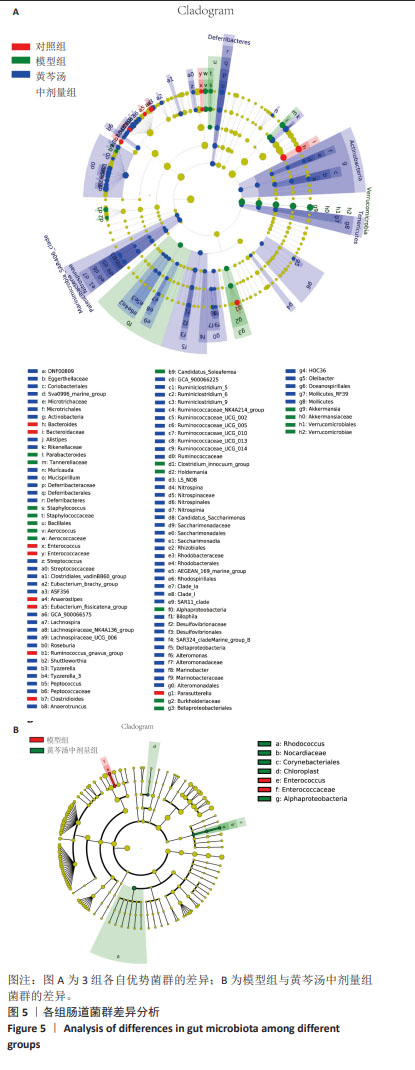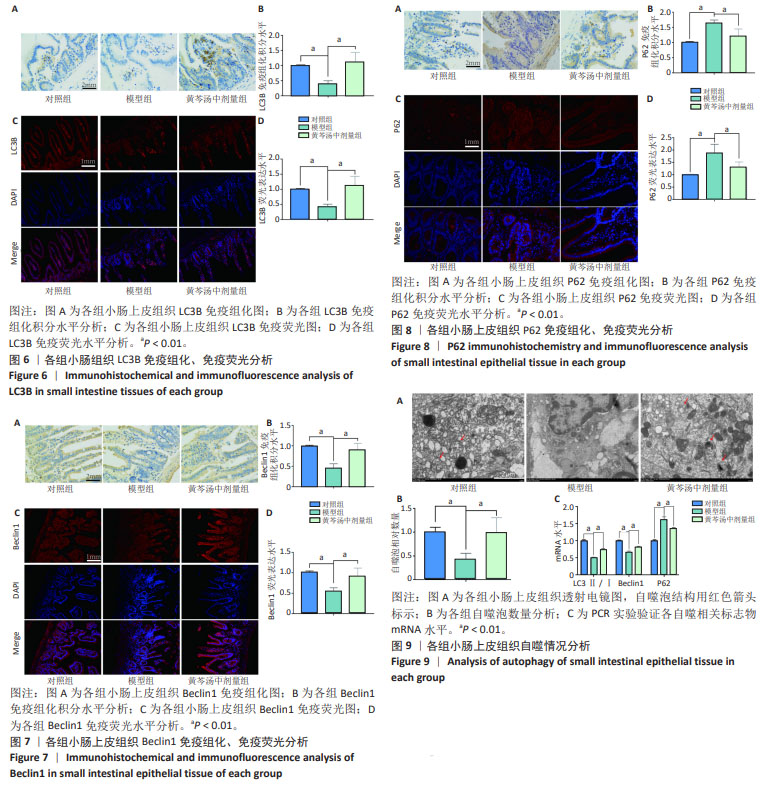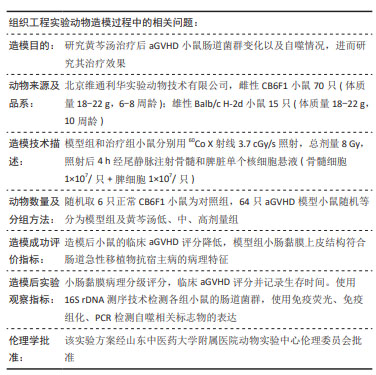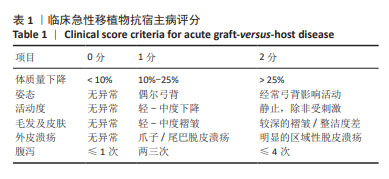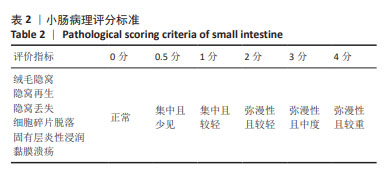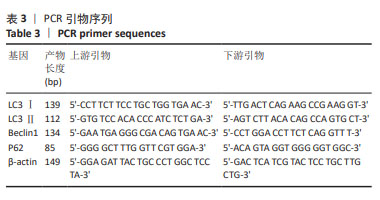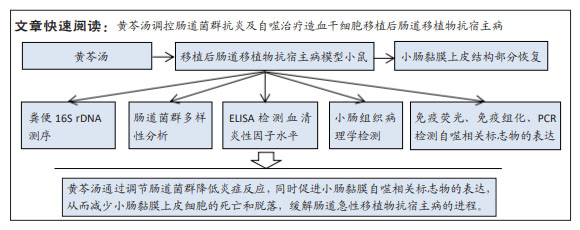[1] XU LP, WU DP, HAN MZ, et al. A review of hematopoietic cell transplantation in China: data and trends during 2008-2016. Bone Marrow Transplant. 2017; 52(11):1512-1518.
[2] ALADAĞ E, KELKITLI E, GÖKER H. Acute Graft-Versus-Host Disease: A Brief Review. Turk J Haematol. 2020;37(1):1-4.
[3] SONG A, SHEN N, GAN C, et al. Exploration of the relationship between intestinal flora changes and gut acute graft-versus-host disease after hematopoietic stem cell transplantation. Transl Pediatr. 2021;10(2):283-295.
[4] HUANG S, HE J, CHEN Y, et al. Effect of Huangqin decoction on regulating intestinal flora in colitis mice characterized as inhibition of the NOD2-dependent pathway. Pharm Biol. 2022;60(1):108-118.
[5] CUI L, GUAN X, DING W, et al. Scutellaria baicalensis Georgi polysaccharide ameliorates DSS-induced ulcerative colitis by improving intestinal barrier function and modulating gut microbiota. Int J Biol Macromol. 2021;166:1035-1045.
[6] HUANG J, JIANG T, KANG J, et al. Synergistic Effect of Huangqin Decoction Combined Treatment With Radix Actinidiae chinensis on DSS and AOM-Induced Colorectal Cancer. Front Pharmacol. 2022;13:933070.
[7] 姜洪宇,陈萌,关露春,等.从“肠道黏膜屏障完整性”角度探讨黄芩汤治疗溃疡性结肠炎的机制[J].中华中医药学刊,2024,43(2):113-118.
[8] 冯雪,刘雅清,刘滨,等.黄芩汤治疗溃疡性结肠炎及相关结肠癌的机制研究进展[J].中国实验方剂学杂志,2023,29(7):1-10.
[9] 崔兴,孙小琪,郑伟,等.黄芩汤调控自噬干预小鼠肠道急性移植物抗宿主病的机制[J].中国组织工程研究,2022,26(7):1057-1062.
[10] COOKE KR, KOBZIK L, MARTIN TR, et al. An experimental model of idiopathic pneumonia syndrome after bone marrow transplantation: I. The roles of minor H antigens and endotoxin. Blood. 1996;88(8):3230-3239.
[11] LI MY, LI MX, XU N, et al. Effects of Huangqin Decoction on ulcerative colitis by targeting estrogen receptor alpha and ameliorating endothelial dysfunction based on system pharmacology. J Ethnopharmacol. 2021;271:113886.
[12] TAUR Y, JENQ RR, PERALES MA, et al. The effects of intestinal tract bacterial diversity on mortality following allogeneic hematopoietic stem cell transplantation. Blood. 2014;124(7):1174-1182.
[13] WEBER D, JENQ RR, PELED JU, et al. Microbiota Disruption Induced by Early Use of Broad-Spectrum Antibiotics Is an Independent Risk Factor of Outcome after Allogeneic Stem Cell Transplantation. Biol Blood Marrow Transplant. 2017; 23(5):845-852.
[14] WANG W, LIU Z, YUE W, et al. Mucosa-Colonizing Microbiota Correlate With Host Autophagy Signaling in Patients With Inflammatory Bowel Disease. Front Microbiol. 2022;13:875238.
[15] CHANDRAMANI-SHIVALINGAPPA P, BHANDARI M, WIECHERT SA, et al. Induction of Reactive Intermediates and Autophagy-Related Proteins upon Infection of Macrophages with Rhodococcus equi. Scientifica (Cairo). 2017;2017:8135737.
[16] SUN XQ, TAN GQ, GAO Z, et al. Lnc-AC145676.2.1-6-3 can influence STX3-induced abnormal autophagy by sponging hsa-miR-1292-3p in intestinal aGVHD. Eur Rev Med Pharmacol Sci. 2022;26(2):573-584.
[17] PARK MJ, LEE SY, MOON SJ, et al. Metformin attenuates graft-versus-host disease via restricting mammalian target of rapamycin/signal transducer and activator of transcription 3 and promoting adenosine monophosphate-activated protein kinase-autophagy for the balance between T helper 17 and Tregs. Transl Res. 2016;173:115-130.
[18] YANG X, XIAO H, ZENG Y, et al. Tianwang Buxin Granules Influence the Intestinal Flora in Perimenopausal Insomnia. Biomed Res Int. 2021;2021:9979511.
[19] JIA K, WEI M, HE Y, et al. Characterization of Novel Exopolysaccharides from Enterococcus hirae WEHI01 and Its Immunomodulatory Activity. Foods. 2022; 11(21):3538.
[20] JENQ RR, TAUR Y, DEVLIN SM, et al. Intestinal Blautia Is Associated with Reduced Death from Graft-versus-Host Disease. Biol Blood Marrow Transplant. 2015;21(8):1373-1383.
[21] ATARASHI K, TANOUE T, OSHIMA K, et al. Treg induction by a rationally selected mixture of Clostridia strains from the human microbiota. Nature. 2013; 500(7461):232-236.
[22] GUO S, GENG W, CHEN S, et al. Ginger Alleviates DSS-Induced Ulcerative Colitis Severity by Improving the Diversity and Function of Gut Microbiota. Front Pharmacol. 2021;12:632569.
[23] TOUBAI T, ROSSI C, ORAVECZ-WILSON K, et al. IAPs protect host target tissues from graft-versus-host disease in mice. Blood Adv. 2017;1(19):1517-1532.
[24] SU Y, SUN X, LIU X, et al. hUC-EVs-ATO reduce the severity of acute GVHD by resetting inflammatory macrophages toward the M2 phenotype. J Hematol Oncol. 2022;15(1):99.
[25] YU T, GUO F, YU Y, et al. Fusobacterium nucleatum Promotes Chemoresistance to Colorectal Cancer by Modulating Autophagy. Cell. 2017;170(3):548-563.e16.
[26] SINGH SB, WILSON M, RITZ N, et al. Autophagy Genes of Host Responds to Disruption of Gut Microbial Community by Antibiotics. Dig Dis Sci. 2017;62(6): 1486-1497.
[27] TSUBOI K, NISHITANI M, TAKAKURA A, et al. Autophagy Protects against Colitis by the Maintenance of Normal Gut Microflora and Secretion of Mucus. J Biol Chem. 2015;290(33):20511-20526.
[28] MA X, WANG D, FENG X, et al. Huangqin Tang Interference With Colitis Associated Colorectal Cancer Through Regulation of Epithelial Mesenchymal Transition and Cell Cycle. Front Pharmacol. 2022;13:837217.
[29] SUN X, PISANO M, XU L, et al. Baicalin regulates autophagy to interfere with small intestinal acute graft-versus-host disease. Sci Rep. 2022;12(1):6551.
[30] 刘雅清,徐航宇,王敦方.黄芩汤对溃疡性结肠炎小鼠肠道菌群的影响及肠黏膜屏障的保护作用机制[J].中国实验方剂学杂志,2023,29(7):11-19.
[31] SU Z, ZENG K, FENG B, et al. Kun-Dan Decoction Ameliorates Insulin Resistance by Activating AMPK/mTOR-Mediated Autophagy in High-Fat Diet-Fed Rats. Front Pharmacol. 2021;12:670151.
[32] MAO ZJ, XIA WS, CHAI F. Yunpi Heluo decoction attenuates insulin resistance by regulating SIRT1-FoxO1 autophagy pathway in skeletal muscle of Zucker diabetic fatty rats. J Ethnopharmacol. 2021;270:113828.
[33] INGHAM AC, KIELSEN K, MORDHORST H, et al. Microbiota long-term dynamics and prediction of acute graft-versus-host disease in pediatric allogeneic stem cell transplantation. Microbiome. 2021;9(1):148.
[34] ILETT EE, JØRGENSEN M, NOGUERA-JULIAN M, et al. Associations of the gut microbiome and clinical factors with acute GVHD in allogeneic HSCT recipients. Blood Adv. 2020;4(22):5797-5809.
[35] HOLLER E, BUTZHAMMER P, SCHMID K, et al. Metagenomic analysis of the stool microbiome in patients receiving allogeneic stem cell transplantation: loss of diversity is associated with use of systemic antibiotics and more pronounced in gastrointestinal graft-versus-host disease. Biol Blood Marrow Transplant. 2014;20(5):640-645.
[36] LI W, ZHANG L, XU Q, et al. Taxifolin Alleviates DSS-Induced Ulcerative Colitis by Acting on Gut Microbiome to Produce Butyric Acid. Nutrients. 2022;14(5):1069.
[37] LAPAQUETTE P, BIZEAU JB, ACAR N, et al. Reciprocal interactions between gut microbiota and autophagy. World J Gastroenterol. 2021;27(48):8283-8301. |
